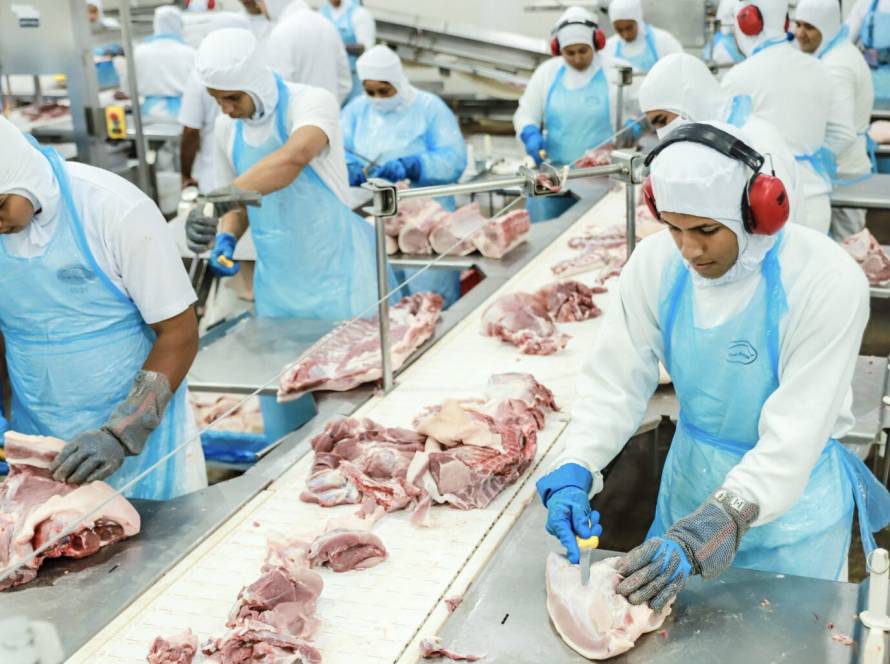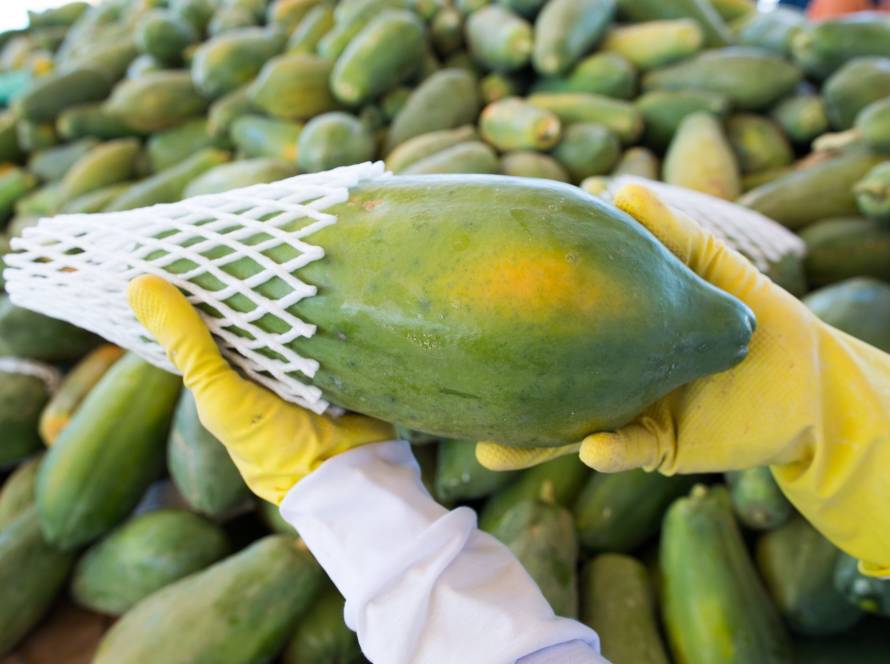![]()
China has announced additional tariffs of 10% to 15% on several agricultural products from the United States, in retaliation for the increase in Chinese import taxes by the Donald Trump administration, which doubled the current tariff from 10% to 20%. Unlike the first trade war between the two countries, which began in 2018, Brazil, which at the time benefited from increased Chinese demand, now faces a more challenging scenario.
Despite record soybean production in 2024/25, estimated at over 160 million tons, Brazil does not have the logistical capacity to significantly increase exports. The country is already operating close to its limit, with peaks of 15 million tons exported per month, sharing space with meat, sugar and corn.
“Currently, the forecast for soybean exports is between 103 and 104 million tons in the 2024/25 cycle. There is no logistical viability to increase this volume to 108 or 110 million tons, especially considering the need to also ship around 50 million tons of corn,” comments Ale Delara, director of Pine Agronegócios.
Mato Grosso, for example, faces serious transportation problems, with trucks stuck at ports due to technical limitations in Miritituba, Santarém and Barcarena. This restriction has increased pressure on ports in the Southeast and South, causing freight to Santos to soar to almost R$1,500 per ton. In addition, there is a shortage of trucks and logistics space, which prevents significant progress in transporting the harvest.
Even when soybeans arrive at ports, there is a limit on shipping capacity, and this situation is likely to worsen in the coming months, with the start of corn exports, which further overloads bulk transport.
“Another critical factor is the lack of capacity in container terminals, which are essential for diversifying exports. The Paranaguá terminal, for example, was only able to expand its operations after investments by CMPort, showing that the Brazilian logistics bottleneck can only be solved with continuous and long-term investments,” explains Delara.
The expansion of agricultural production in Brazil is hindered by these logistical limitations, and resolving this problem would require years of investment in port and transportation infrastructure, ensuring greater efficiency in the flow of commodities. With this limitation on export capacity, the impact of the new trade war between China and the US will be more limited, which is already reflected in the decline in the prices of soybeans, bran and corn.
First trade conflict was marked by highly volatile prices

In the 2018 dispute, Trump imposed a 25% tariff on China, leading to a 21.5% drop in soybean prices on the Chicago Board of Trade. During the trade war, which lasted until the signing of the agreement between the two countries in January 2020, soybean prices in Brazil were around 10.5% lower than before the conflict. In Chicago, prices reached US$ 8.50 per bushel.
Prices rose again in the second half of 2020, when China resumed its purchases, resulting in a sharp increase in US exports and record prices. This time, the impact on the market should be more moderate, with adjustments in commodity prices, but without as intense a movement as in 2018.





